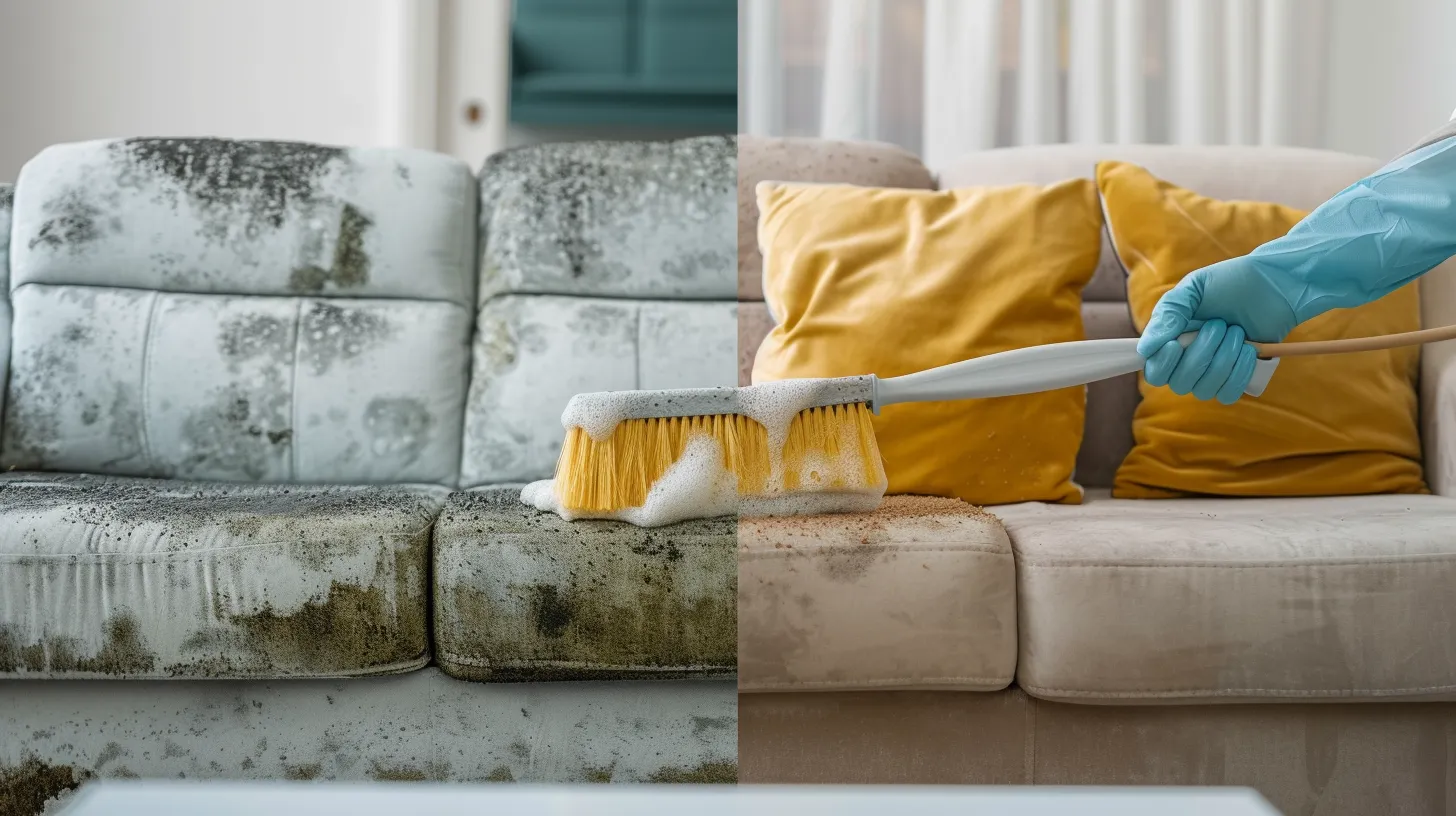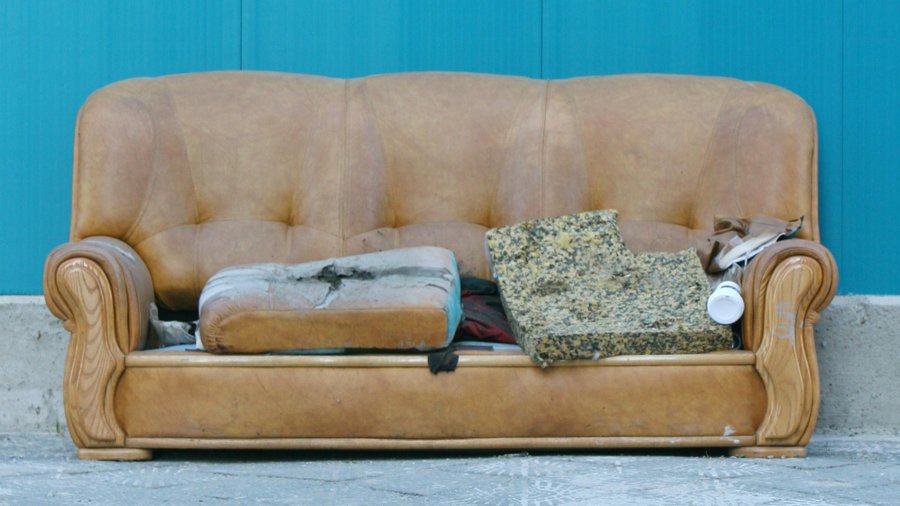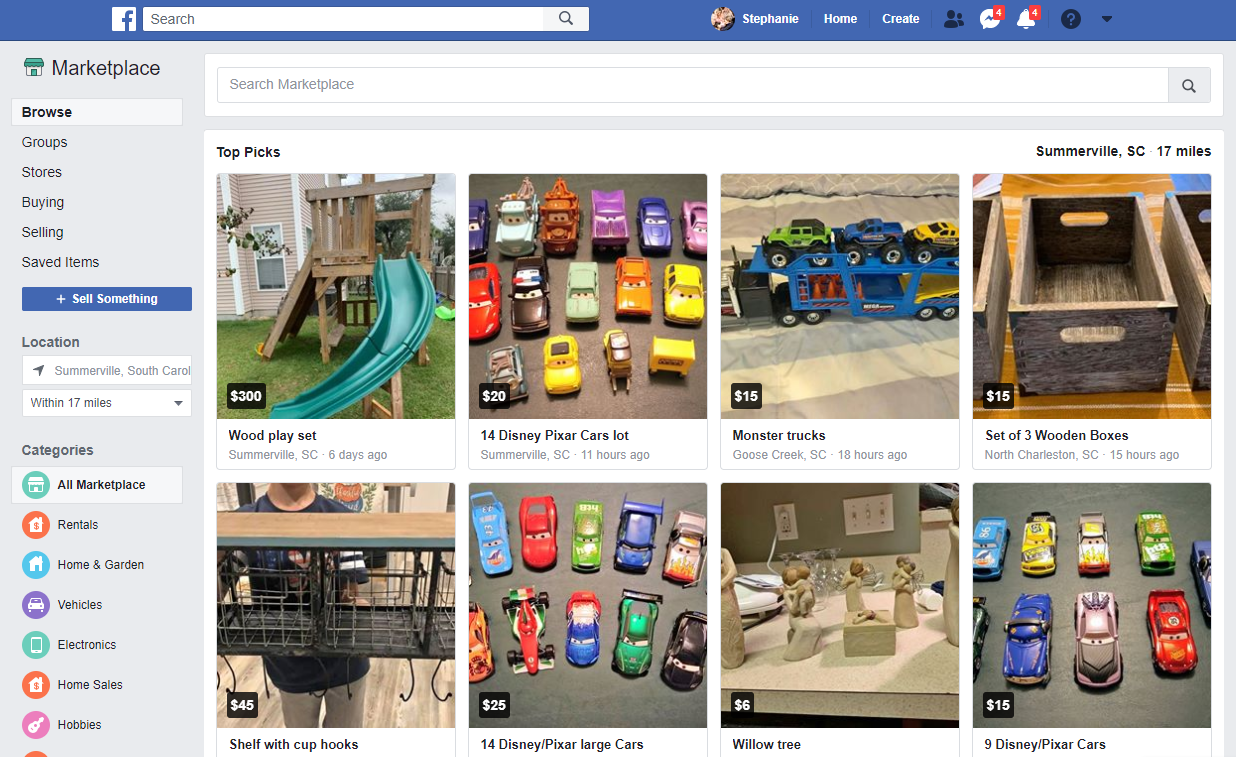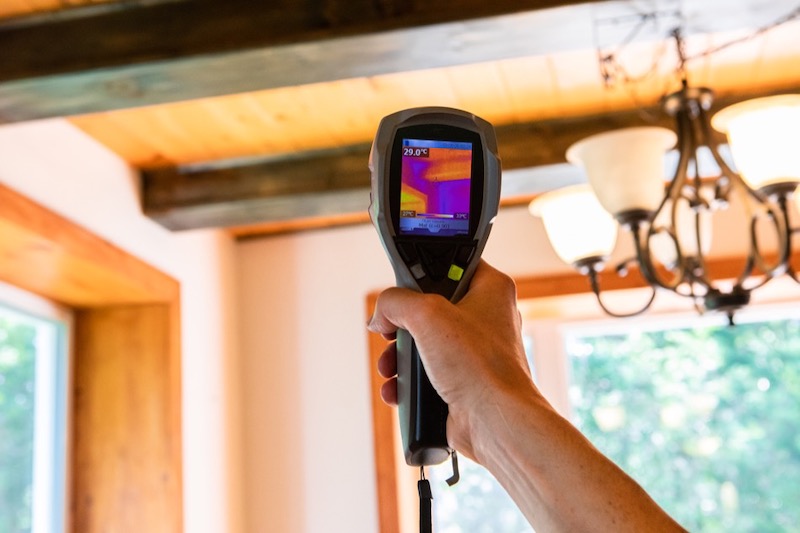Discovering mold or water damage on your furniture can be stressful, and you may be left wondering what to do with these compromised items. Moldy or water-damaged furniture not only poses health risks, but it can also ruin the aesthetic and functionality of your home. So, where can you get rid of moldy or water-damaged furniture safely and responsibly? In this guide, we’ll cover everything you need to know, from disposal options to safety precautions and even alternative solutions like donating or recycling.

Why Should You Get Rid of Moldy or Water-Damaged Furniture?
Moldy and water-damaged furniture can pose a serious threat to your home and health. Mold spores can easily spread through the air and aggravate allergies, asthma, and other respiratory issues. Water-damaged furniture, especially if left untreated, can quickly become a breeding ground for mold and mildew. Even if the mold is not visible, it can penetrate deep into porous materials like fabric, wood, or upholstery, making it impossible to remove effectively without professional help.
According to the Environmental Protection Agency (EPA), mold that has deeply embedded into porous materials may require discarding the item, as it can be very difficult to fully eliminate.

How to Safely Remove Moldy or Water-Damaged Furniture
Before deciding where to dispose of moldy or water-damaged furniture, it’s important to handle it properly to avoid contaminating your home or exposing yourself to harmful mold spores. Here are some safety tips:
1. Wear Protective Gear
Wear protective gloves, a mask, and goggles when handling moldy furniture to prevent exposure to mold spores and dust. Mold can cause allergic reactions and respiratory problems, so personal protection is essential.
2. Move the Furniture Outside
If possible, move the moldy or water-damaged furniture outside before attempting to clean or dismantle it. This helps prevent mold spores from spreading indoors. Choose a well-ventilated area, such as a driveway or garage, to minimize indoor contamination.
3. Determine If the Furniture Can Be Salvaged
If the furniture is severely damaged or the mold has penetrated deeply into the material, it’s likely beyond repair and should be discarded. However, some items, like non-porous or lightly damaged pieces, may be cleaned and restored. Always assess the extent of the damage before deciding whether to dispose of the item.
Where to Dispose of Moldy or Water-Damaged Furniture

Once you’ve decided to dispose of the furniture, the next step is finding a responsible and safe way to get rid of it. Here are several options for properly disposing of moldy or water-damaged furniture:
1. Local Landfill or Transfer Station
One of the most common places to dispose of moldy or damaged furniture is at your local landfill or transfer station. Most landfills accept large furniture items, including couches, chairs, and mattresses. However, it’s important to check the landfill’s regulations, as some may have restrictions on moldy or contaminated items.
To find your nearest landfill or transfer station, you can visit your city or county’s website, where they typically provide information on hours of operation and accepted items.
2. Curbside Pickup
Many municipal waste services offer curbside bulk pickup for large items like furniture. Contact your local waste management provider to see if they offer this service, and schedule a pickup. Be sure to inform them if the item is moldy, as some services may require special handling for mold-contaminated items.
3. Junk Removal Services
If you don’t have access to a truck or can’t take the furniture to a landfill yourself, hiring a junk removal service is a convenient option. Services like 1-800-GOT-JUNK? will come to your home, remove the furniture, and dispose of it for you. Junk removal companies are equipped to handle moldy or water-damaged furniture safely and responsibly.
4. Donation Centers (If Furniture Is Salvageable)
If the furniture is only lightly water-damaged and you’ve successfully cleaned it, donating it to a local charity or thrift store might be an option. Organizations like Goodwill and The Salvation Army may accept lightly damaged furniture if it’s still in usable condition. However, be upfront about the item’s history, and avoid donating anything with visible mold or significant water damage, as it can pose health risks to others.
5. Recycling Centers
Some furniture materials, like metal frames, wooden components, or certain plastics, may be recyclable. Contact your local recycling center to see if they accept furniture and whether they have specific guidelines for disposing of moldy or damaged items. Recycling parts of the furniture is an environmentally friendly way to reduce waste and avoid sending everything to a landfill.

Can Moldy Furniture Be Recycled?
In some cases, parts of moldy or water-damaged furniture can be recycled. For example, metal or plastic components of furniture may be accepted by recycling facilities. However, items like moldy upholstery, foam, or wood that has been compromised by mold may not be recyclable.
If recycling is an option, ensure the furniture is thoroughly cleaned and dismantled before taking it to the recycling center. Always check with your local recycling center for guidelines on accepting moldy or water-damaged items.
When to Call a Professional Mold Remediation Service
If your home has been affected by mold or water damage, the furniture may not be the only thing that needs attention. Mold can spread quickly to walls, floors, and other areas of your home. In these cases, it’s best to call a professional mold remediation service like Citywide Mold Mitigation at 844-552-0467. Our experts can assess the extent of the damage, remove mold-infested materials, and ensure your home is mold-free.
How to Prevent Mold and Water Damage to Furniture

To avoid dealing with moldy or water-damaged furniture in the future, take the following preventive measures:
- Control Humidity Levels: Use dehumidifiers and air conditioners to maintain a humidity level below 60% in your home, especially in basements and other moisture-prone areas.
- Address Leaks Immediately: If you notice a leak from your roof, plumbing, or windows, fix it right away to prevent water damage to furniture and other belongings.
- Proper Ventilation: Ensure proper ventilation in areas like kitchens, bathrooms, and basements to reduce moisture buildup.
- Use Mold-Resistant Products: Consider using mold-resistant fabrics and protective covers on furniture that is prone to moisture exposure.
Conclusion: Safely Disposing of Moldy or Water-Damaged Furniture
When furniture has been compromised by mold or water damage, it’s important to dispose of it properly to avoid health risks and further contamination. Depending on the severity of the damage, you can take the furniture to a landfill, schedule curbside pickup, or hire a junk removal service. If the furniture is salvageable, consider donating or recycling it to reduce waste.
For serious mold infestations or water damage issues, contact Citywide Mold Mitigation at 844-552-0467. Our team of professionals can help with mold remediation and ensure your home remains a healthy environment.
FAQ
| Question | Answer |
|---|---|
| Can I donate water-damaged furniture? | If the damage is minor and the furniture has been cleaned, you may be able to donate it. However, avoid donating furniture with visible mold or significant damage, as it could pose health risks. |
| Can moldy furniture be recycled? | Some parts of moldy furniture, like metal frames or plastic components, may be recyclable. However, mold-infested upholstery, foam, or wood may not be accepted by recycling centers. Always check with your local recycling center to confirm what materials they accept. |
| How can I prevent mold from growing on my furniture? | Keep your home’s humidity levels below 60%, address leaks immediately, and ensure proper ventilation. Using dehumidifiers and placing furniture away from walls in humid areas can also help prevent mold growth. |
| Is it safe to keep moldy furniture in my home? | No, keeping moldy furniture in your home can pose serious health risks, especially if you have allergies or respiratory issues. Mold spores can spread through the air and affect other areas of your home, so it’s best to remove the furniture as soon as possible. |
| What should I do if mold spreads to my walls or floors? | If mold spreads to your walls, floors, or other parts of your home, it’s best to contact a professional mold remediation service. DIY methods may not be enough to completely eliminate the mold, and professionals can ensure it’s safely removed. |
For any further questions or assistance with mold removal, contact Citywide Mold Mitigation at 844-552-0467. Our team is ready to help you with mold remediation and furniture disposal to keep your home safe and healthy.

